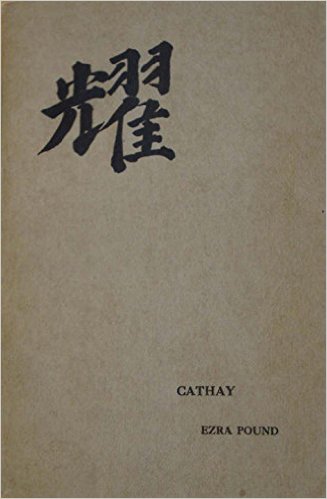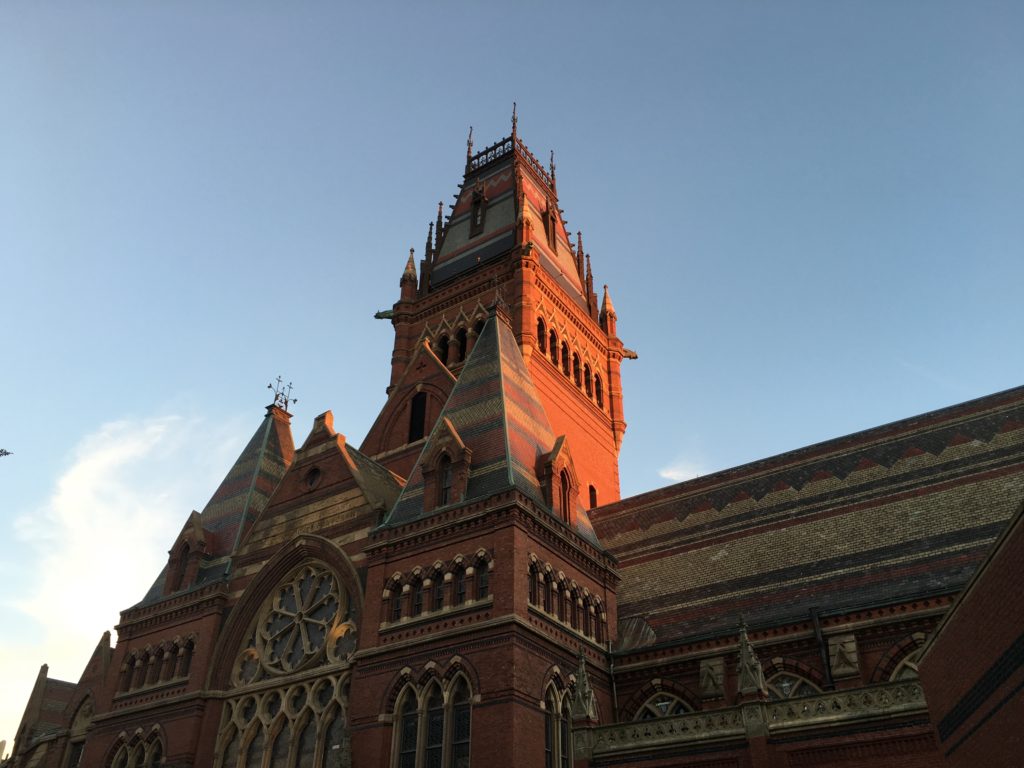
Seven years ago today, I summed up the things that happened eight years ago before that: the small amount that I could write, stunned, on September 11, 2001; my more elaborate write-up from 2002 and, after singing in the Rolling Requiem, my detailed recollections from the day; my thoughts from 2003, on the brink of invasions; my thoughts from 2008, in which I assert that in spite of the attack, we’re still here.
All of which is to say I thought I had processed and finished my grieving for the victims of that bright fall day fifteen years ago.
Then, one night this week after rehearsing Adams’ On the Transmigration of Souls, I attempted to describe Doug Ketcham to one of my TFC colleagues. And I could not speak. I was suddenly dumbstruck by the immense unfairness of what happened to him: twenty-seven years old, a rising star at Cantor Fitzgerald, who retained enough presence of mind to call his parents from underneath his desk after the first plane hit the towers to tell them that he loved them.
Doug was an acquaintance who I wish I had known well enough to call friend. Other UVa friends, like Tin Man, knew him much better. But he was a decent human being who never blinked an eye when I joined the crew that hung around with him. He made you feel less alone.
I spent some time thinking about him in our final rehearsal of Transmigration on Friday. I thought about the fact that I haven’t come to terms with his death after all these years. I thought about the fact that this anniversary still has the power to turn me somber and sour.
And then I thought about the structure of the piece. It opens with street sounds, footsteps, and then the words “missing… missing…” and the reading of names. The choir and orchestra slowly emerge from shifting tonalities to sing words, not of high poesy, but from the families of the victims, who posted them on fliers around the site of the Twin Towers in the weeks after the attack. Everyday words. “…he was tall, extremely good-looking, and girls never talked to me when he was around.” (Which could have been written about Doug.) Or the words of one woman: “I loved him from the start…. I wanted to dig him out. I know just where he is.”
It is at this moment that the orchestra gives a tremendous wrench, building in intensity and volume until at the top of the crescendo the chorus bursts into the moment of transfiguration: “Light! Light! Light!”
But after the transfiguration moment, the chorus drops away, the instrumentation drops back down, and you can hear that the voices and names are still speaking. And so it goes until the end of the work, with a final wordless tone cluster from the chorus yielding to a slendering thread of string sound, which after the thirty minutes of the piece finally resolves upward into a new major key—but not triumphantly, but so quietly it can almost not be heard.
And I think about this ending, and I think I finally understand what Adams was trying to get at. The dead are still with us after the transmigration because they always will be. It is we who must be transmigrated, who must allow ourselves to be changed, to not continue to stand, breath held, on the edge of that dreadful day. We who must resolve upward.



